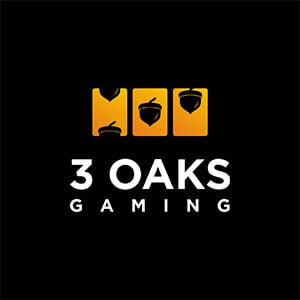The study surveyed more than 15,000 citizens and found that almost 18% of adults had gambled online in 2019, up from 8% in 2010.
Professor Nerilee Hing, from CQUniversity’s Experimental Gambling Research Laboratory, explained: “This growth in online gambling has been driven by faster internet speeds, the convenience of betting on smartphone apps, extensive advertising and inducements, and new betting options like multi-bets. New online activities have also been introduced, including esports, fantasy sports, skin gambling and loot boxes.”
The Professor also stated that Australia’s most popular forms of online gambling were lotteries (with over 10% of adults involved), horserace betting (with almost 6%) and sports betting (with close to 6% of adults involved).
According to the study, the average gambler is described as a young male with a better education than the average Australian, who is likely to gamble across multiple activities.
The Commonwealth and State/Territory Governments are currently working on implementing the National Consumer Protection Framework for Online Wagering.
The purpose of the National Framework is to bring Australian consumer protection measures up to date, to ensure they reflect best practices nationally and are consistent across jurisdictions. The Framework consists of 10 consumer protection measures that aim to reduce gambling harm.
A study was also conducted to examine the negative impact gambling has on gamblers’ families and friends; the results showed that over 9% of Australian adults have experienced some level of harm from their own gambling and 6% from another person’s gambling habits.
Data showed that online gamblers are twice as likely as land-based only gamblers to experience harm. This information is to be used to further inform online gambling policy and consumer protection measures across Australia.


































